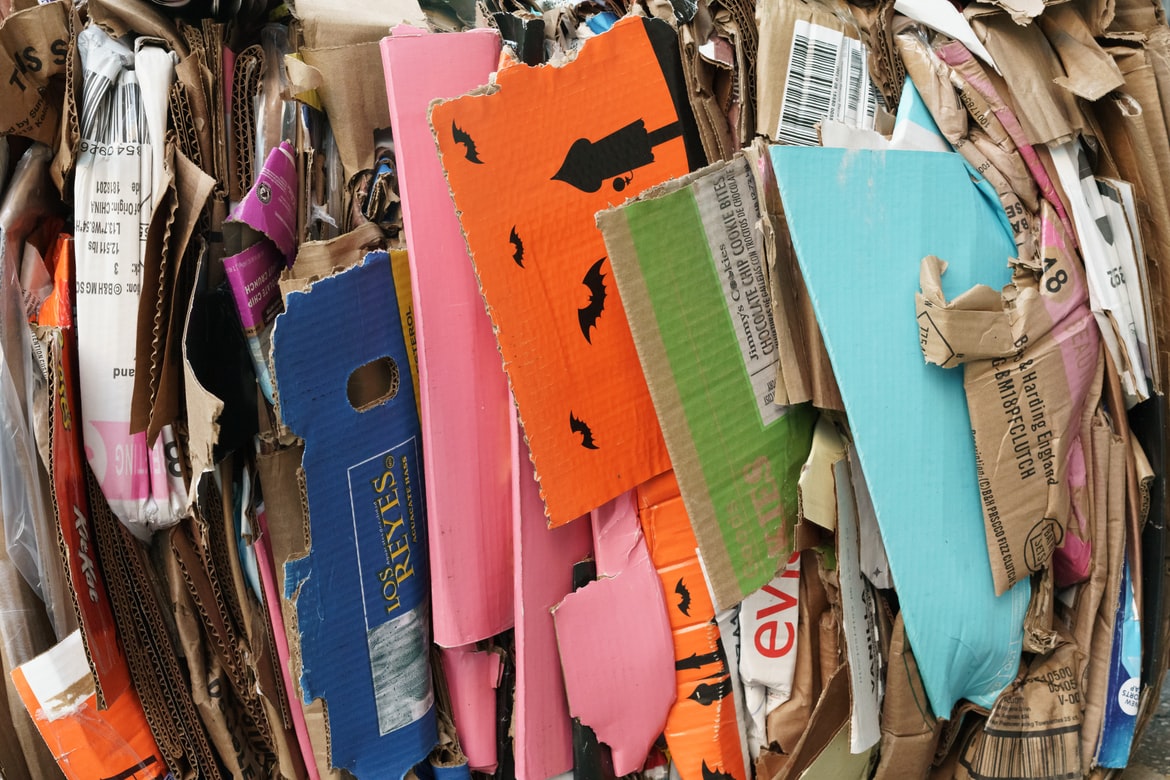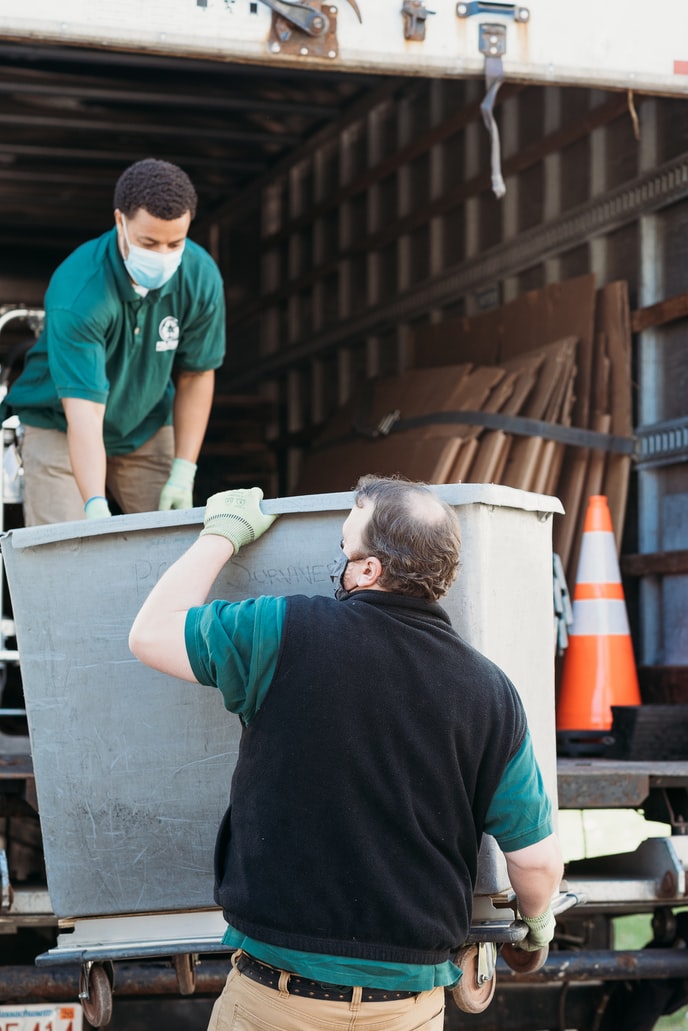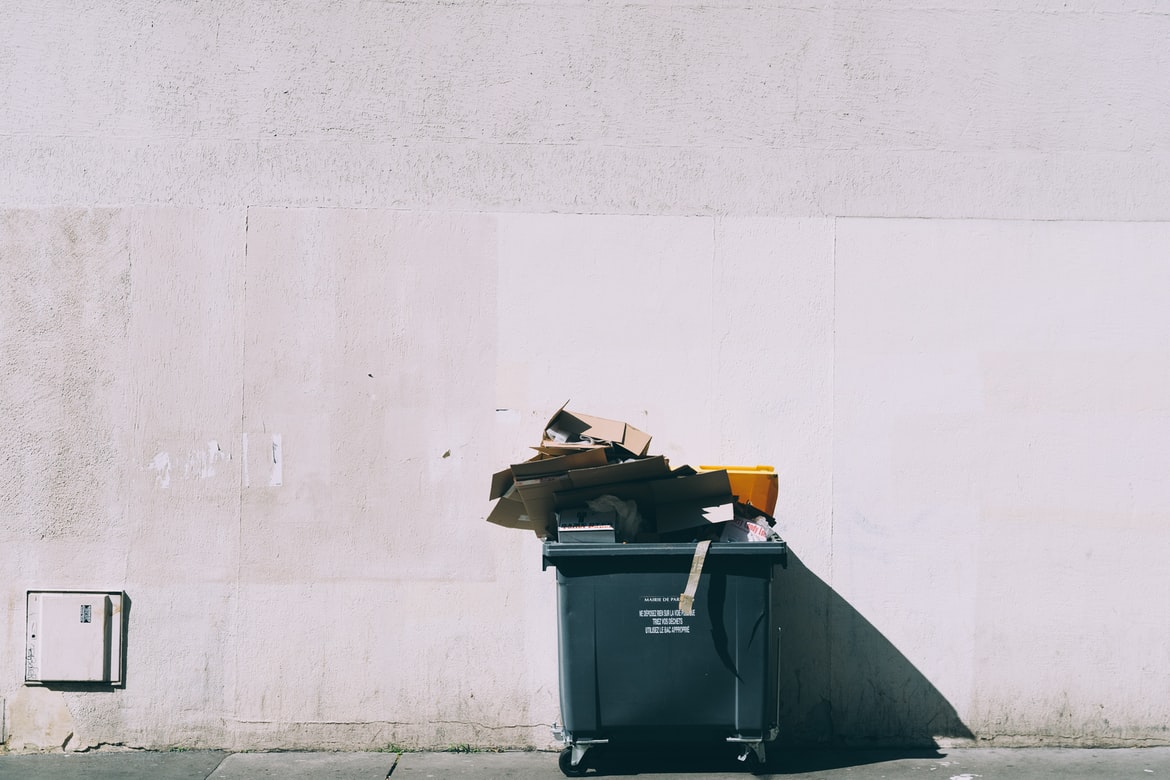Mike Mueller, senior manager of product marketing at WestRockv
he believes there's a misunderstanding about poly-coated paperboard's recyclability right now in the industry
How Tim Horton's used coffee cups to close the loop
Canadians know 99 out of every 100 times the Tim Hortons brand, according to senior regulatory affairs manager Carol Patterson.
In the cup-to-tray program in Nova Scotia, additional Tim Hortons stores across Canada rapidly followed suit.
The restaurant chain was motivated to include more environmentally friendly practices like cup recycling into its operations because of the widespread customer loyalty and wide recognition it enjoys as a market leader. The answer Tim Hortons' corporate headquarters, restaurant owners, participating employees, and various community partners all worked together on the cup-to-tray project to create a new way to recycle, transport, and regenerate Tim Hortons products.
A lot of work went into the project, including years of preparation, community involvement, and buy-in from consumers. Final results were cost-neutral closed-loop systems that underlined the sustainability goals of the Tim Hortons corporation. What's involved Recycling units have been installed at Tim Horton's restaurants in Nova Scotia for the collection of hot beverage cups and lids as well as napkins and trays. Reusable cup and tray recycling was promoted to customers who purchased hot beverages.
To pique customer attention, employees donned T-shirts bearing the slogan "In my previous life, I was a cup." It's from here that non-sorted cups and lids are delivered to Scotia Recycling Limited, where they are sorted and compressed into new recycled items. A Canadian-owned paper product firm, CKF, in Nova Scotia, receives and prepares the bales of cups and trays before returning them to Tim Hortons locations in the form of new trays.



